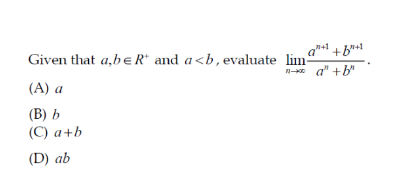
AllQuestion and Answers: Page 666
Question Number 152393 Answers: 2 Comments: 0
Question Number 152388 Answers: 1 Comments: 8

Question Number 152385 Answers: 0 Comments: 0
Question Number 152377 Answers: 3 Comments: 2

Question Number 152376 Answers: 1 Comments: 1

Question Number 152375 Answers: 1 Comments: 0

Question Number 152371 Answers: 2 Comments: 1

Question Number 152366 Answers: 0 Comments: 0

Question Number 152362 Answers: 0 Comments: 0
Question Number 152365 Answers: 1 Comments: 0

Question Number 152364 Answers: 1 Comments: 0

Question Number 152363 Answers: 0 Comments: 0

Question Number 152358 Answers: 1 Comments: 1

Question Number 152350 Answers: 1 Comments: 0
Question Number 152349 Answers: 0 Comments: 2
Question Number 152346 Answers: 0 Comments: 0
Question Number 152345 Answers: 1 Comments: 0
Question Number 152740 Answers: 1 Comments: 1

Question Number 152340 Answers: 1 Comments: 0
Question Number 152335 Answers: 1 Comments: 3
Question Number 152333 Answers: 0 Comments: 1
Question Number 152329 Answers: 0 Comments: 1
Question Number 152323 Answers: 1 Comments: 0
Question Number 152326 Answers: 1 Comments: 1
Question Number 152321 Answers: 0 Comments: 0

Question Number 152314 Answers: 1 Comments: 0

Pg 661 Pg 662 Pg 663 Pg 664 Pg 665 Pg 666 Pg 667 Pg 668 Pg 669 Pg 670
